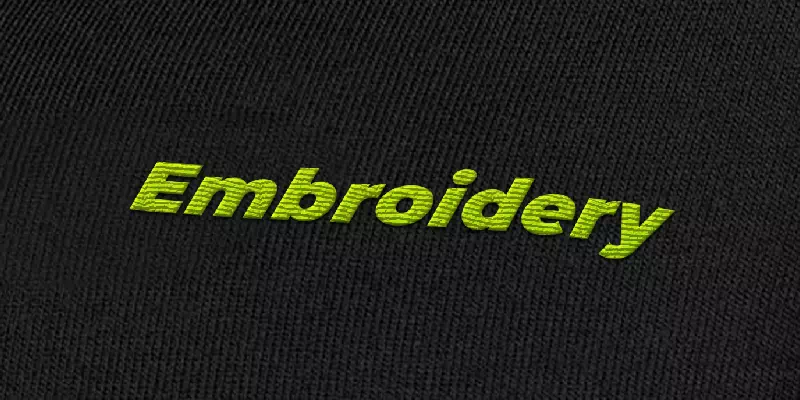Embroidery and Crewel is a very popular way to create a beautiful design using needles and thread. manual Crewel Embroidery was an old-fashioned method of designing. Though it is a hectic job, the result of a long process of handmade embroidery is awesome. However, the invention of the Crewel Embroidery machine has made the design process easier.
Let’s go to know more about this and correct our mistakes.
What is Embroidery?
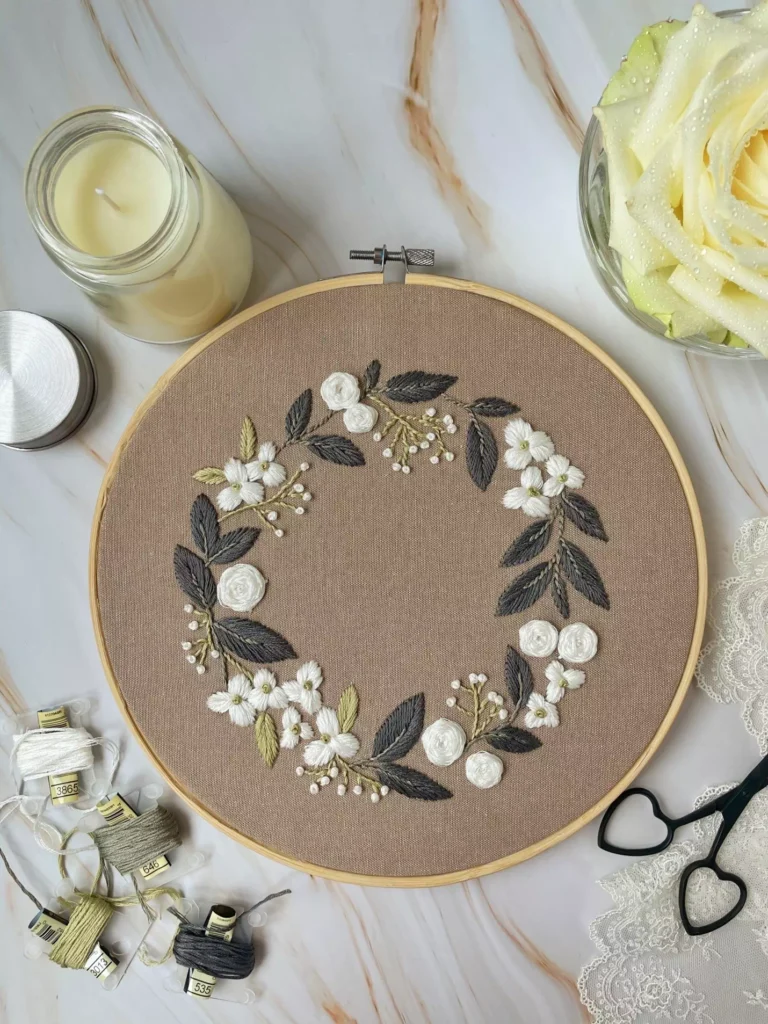
Embroidery is, however, an artwork or craftwork of decorating fabrics by using thread and needle. It is one kind of drawing on a fabric where the sewing man uses fabric as a page, needle, and thread-like a pencil. Sometimes we also use pearls, beads, quills, and sequins in embroidery. Our Embroidery Digitizing Service may be at the top of your list of favorites.
The style of embroidery varies from place to place, some stitches are abstract, and some stitches are natural onto any fabric of their choice. Usually, we have seen embroidery designs on different kinds of fabrics or dresses, bags, blankets, shirts, denim, stockings, caps, hats, coats, overlays, and so on. Just use our Embroidery to Vector Conversion Service, get high-end embroidery vector designs, and scale up your business.
What is Crewel?
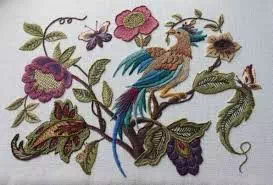
Crewelwork or crewel embroidery is wonderful ancient craftwork by uses wool on a linen twill fabric. Two-ply or one-ply yarn is available now in different colors that make it easier, colorful, and splendid crewelwork.
Crewel embroidery is, therefore, free from any particular styles or designs. The traditional motif makes crewelwork unique from other embroideries.
In the past time, the designers use crewelwork on expensive bed hangings and curtains. But now we use it to decorate cushions, curtains, clothing, wall hangings, lampshades, and handbags also added.
Embroidery and Crewel: What’s the difference?
History of Embroidery
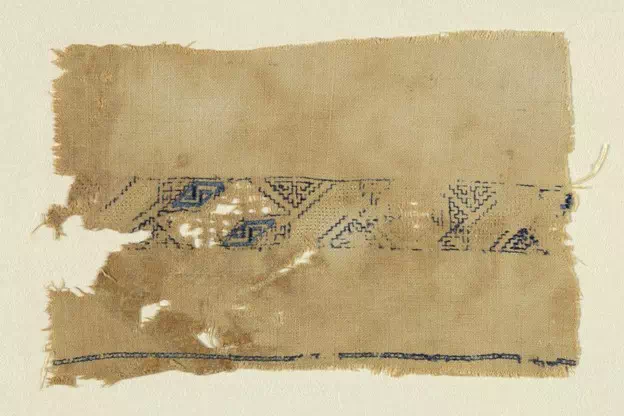
The “embroidery” originated from the French word “broderie” which meaning is “embellishment”. Archeologists have unearthed fossilized some heavily hand-stitched and ornamental fabric fossils of 30000BC, suggesting that embroidery was an invention of that time.
But we believed that China or the Near East is the origin place of embroidery from the 3rd to 5th century when the businessman domesticated silkworms.
Ancient Egyptians, Babylonians, and Hebrews used embroidery to decorate robes.
There are different usage of embroidery from ancient times.
China has used this embroidery to tell the stories of the Buddha. Around the year 1000AD, to display the Church kingdom’s wealth, the churchmen used fabrics and wall hangings to decorate.
History of Crewelwork
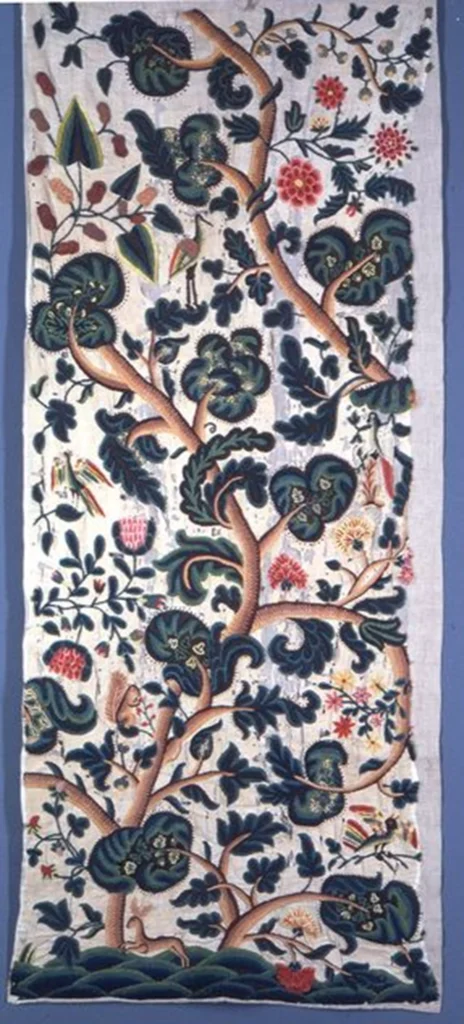
There is a thought that the word “crewel” comes from an ancient word describing the curl in the staple but it’s not so easy to know the details or the full history of crewelwork. However, the idea is that from the Medieval Age, crewelwork started its journey.
The well-familiar definition of the crewel embroidery is that “under the umbrella of embroidery is crewel embroidery”. According to the English records of the 13th century, the word “Crewel” started its journey from that age and it comes from the East to Egypt then to Greece and Rome, and then to England.
The Bayeux Tapestry is the oldest and most popular piece of crewel embroidery. The designers of England created it for France.
Crewel started its journey from the late 17th to early 18th century in England and this crewel embroidery took its highest popularity during the rule of James I. In the Jacobean Period, crewel embroidery was popular as Jacobean embroidery was the Golden Age for crewelwork.
“Palampores” are the first crewel or Jacobean designs. The East India Company printed it and sent it to England.
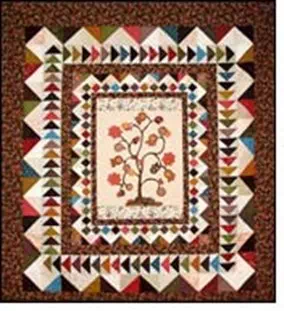
Embroidery Fabrics
Tightly woven even-weave fabrics are best for embroidery. The people knit the cotton, linen, rayon, and polyester fabrics nicely. These clothes are good for any kind of embroidery.
While Linen and linen twill is perfect only for crewelwork. Large crewel wool passes through these closely weave fabrics that create a good base for crewel embroidery. Generally, for crewelwork, thickly weave materials including hand-woven Cotton Dosooti Fabric, Cotton Duck, Linen, Jute, etc. are popular.
Embroidery Needles
The characteristics of crewelwork and embroidery needles remain the same. Generally, they have sharp tips and large eyes that are quite different from regular uses sewing needles.
Sharp tips help tightly stitched embroidery on fabrics and the large eye of this needle has a big advantage in that it can work with more than one wool thread at once.
Embroidery Threads
There is a large difference between the embroidery and crewel embroidery threads. Crewelwork is free from any specific design or a certain style, it’s all about the thread, it requires crewel thread, long and strong staple thread spun from wool.
Crewel embroidery has a distinct look. You can pierce it with a wool thread in various ways. You can use any embroidery designs sketch familiar as crewel embroidery for using crewel wool.
Crewel yarn is a heavier thread than other regular embroidery threads, the fibers of these threads come from long-hair English sheep. There is advice for stitchers to use thread up to 14 inches because Crewel wool is not so strong.
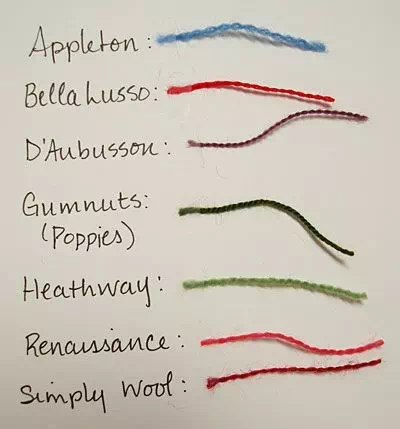
Cotton, silk, and wool are the most popular fibers for embroidery.
The standard cotton thread is called “embroidery floss” which is very popular for embroidery. These threads are dividable by six single fine threads and each of these threads is made up of two plies.
Perle Cotton is a non-divisible embroidery thread perfect for needlework and surface embroidery. Silk thread is so shiny and strong thread and it’s also good for embroidery. And lastly, we can say about a wool thread is very hairy and a great choice for any kind of embroidery work.
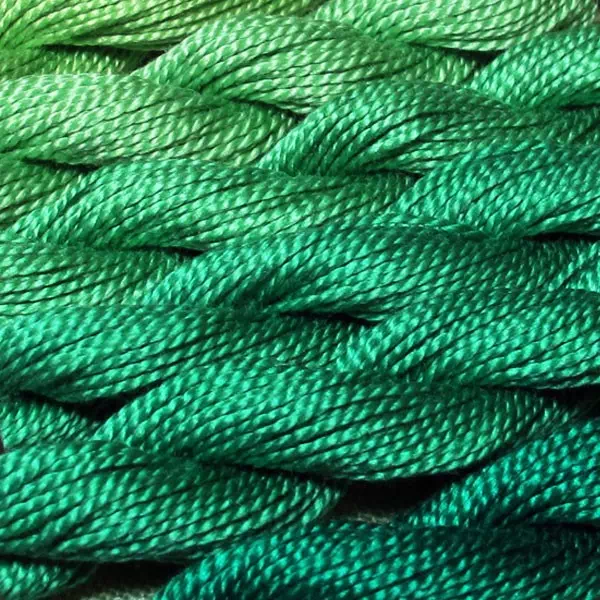
Uses of embroidery
However crewel is considered the most difficult handcraft technique but it is very beautiful for wall hangings, bed covers, curtains, cushions, pillows, and clothing.
Stitchers can also create an unlimited design on the closely woven fabrics in various shapes. The most common stitches technique were chain, stem, long-and-short, stain, straight, French, knot, running, feather, and herringbone.
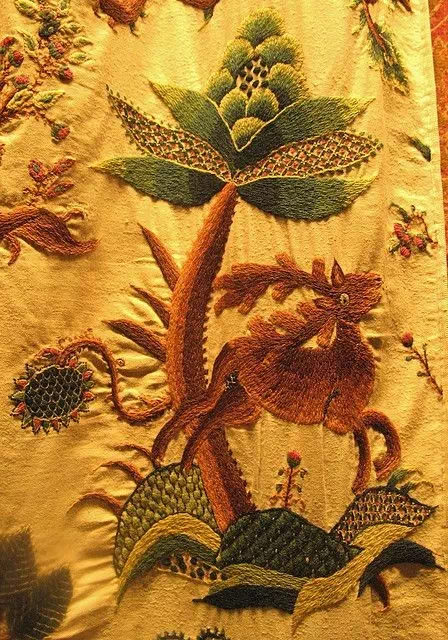
Embroidery may reveal the carrier’s wealth, social status, and ethnic identity. Except for thread, this needlework can also be executed on clothing with beads, quills, metal, shells, or feather that gives an aesthetic look.
In this modern age embroidered pillow covers, cushion covers, bed covers, shoes, hats, wall hangings, clothing, pins and patches, T-shirts, linen bookmarks, napkins with names, bags, and many more things are used.
Finally, it can be said that Crewel is one kind of embroidery work but all embroidery work is not crewelwork. There are some tools that are common in every embroidery including needles, it may be crewel needle or tapestry needles, hoops and frames, scissors, lights, etc.
The other name of crewel embroidery is wool embroidery and there are various kinds of wool including Appleton wool, Merino Wool, and hand-spun wool with different colors. If you are affectionate with crewelwork then can pick anyone from these and then use traditional or modern patterns as well.
Hope we are successful to give a clear concept of the difference between the Embroidery and Crewel Embroidery.

